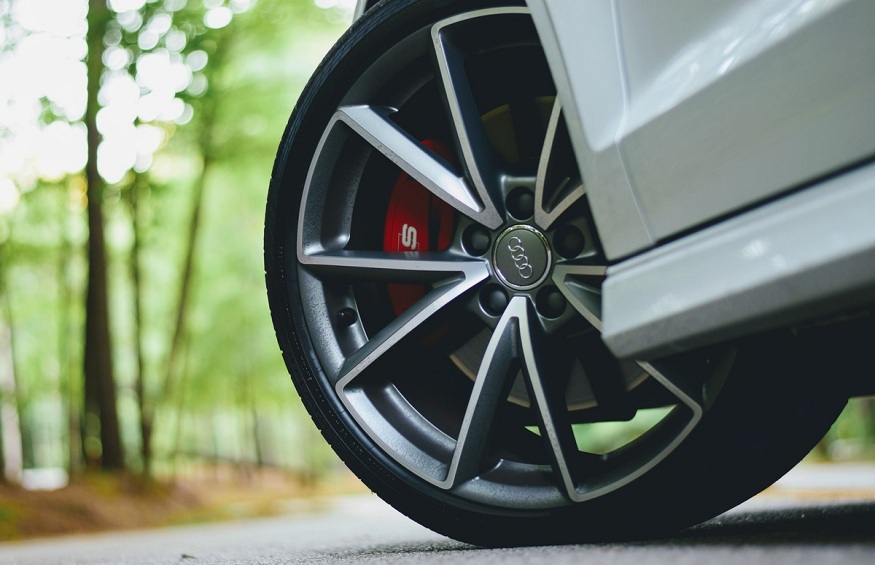To protect European consumers, the European Union has developed a control system for products intended for trade.
This quality control consists of the tire label of the various products entering the European market. In this sense, it concerns both human and animal food products as well as electronic and electrical products. Avoiding the disposal of poor quality, dangerous and falsified products, and therefore protecting European consumers , was the basis for the introduction of labeling regulations
A little history
It was in the 1970s that the European Union planned to take measures aimed at guaranteeing consumers quality products. Mainly created out of concern for protecting the environment, controls have diversified and strengthened, leading today to the establishment of control by labeling. Thus, from foodstuffs, through household appliances and textile products, European labeling reaches the tires of land vehicles.
As vehicle tires play a crucial role in road safety , senior officials did not take long to label this product as well. Since November 1, 2012 , tires have been subject to labeling before being sold on the European market. The movement is motivated by the “ Action Plan for Energy Efficiency ”. This action plan consists of protecting the environment. It turns out that the use of good tires can reduce fuel consumption, thus limiting the harmful effects of the use of these fuels in the natural environment.
If the price has always animated the good sense of the consumers, it should not be the only criterion which motivates a purchase. Objective product information, especially tire information, can very well be translated into an easy-to-read label. Here are the 3 main criteria that will ensure road safety according to the European Union :
The rolling resistance : denoted by A to G with the exception of the letter D, this criterion information quickly performance fuel consumption of material in the tire. The tire that will have a low rolling resistance will consume the least energy, therefore will benefit from the rating A. The less good tire will be labeled G. Note that the energy difference between a tire classified A and another classified G is 80 liters of fuel. It must be said that it saves money!
The braking ability in wet weather or wet grip : the best performing tires will have an A, while the worst performers will get a note from G. Other tires may get notes B, C, D, E or F depending on the tests. It is important to remember that the braking distance between an A classified tire and a G classified tire can be up to 18 meters, which is largely necessary to avoid running over an animal or hitting a pedestrian.
The sound level : a criterion also based on respect for local residents. represented by 3 waves, the noise emitted by a tire can be either high (3 waves) or not very noisy (1 wave). For more details, a decibel indication accompanies the sound level in black bar.
Astonishing!
You will no doubt be surprised to see certain tires, especially winter tires , receiving “bad marks”. It is not that they are “bad”, but that they are designed differently precisely to strengthen your safety when the weather conditions are not lenient (very low temperature, ice, snow, etc.). Suddenly, although commendable, European labeling is not the only criterion for choosing a winter tire.
Asian countries like Japan and South Korea also have similar labeling to Europe. For Japan, for example, energy efficiency is classified into 5 categories including AAA, the most efficient and C, the least efficient

